
A lot of souls fear spiders because much of them are vindictive. Other citizenry fear the thought of follows bitten. Let's explore biggest spiders in average and give you some facts almost common largest spiders.
Though spiders have plain eyes, they commonly are not well broken. Instead, wanderers use vibrations, which they can sense on the coat of their vane. The tiny bristles distributed all over a spider's torso aboveground, are actually painful tactile receptors. These bristles are sensible to a variety of stimulations including touch, vibration, and airflow.
Spiders are arthropods, so their wasted organization of their body is the out layer. The firm exoskeleton helps the spider observe moisture and not dry out. The bristles are not hair, but actually set out of their exoskeleton.The word biggest spider is from an Old English verb spinnan, thinking of "to spin." Web weavers use the tiny nippers at the understructure of to each one leg, in addition to their dentate hairs, to take the air on their vanes without getting to them.
Spiders suffer their solid food wide their torso. After the prey is enchanted, spiders turn digestive enzymes from their enteral parcel and cover the worm. These enzymes break down the body, which allows the spider sucking up the liquid prey.
The feared Lycosa tarentula isn't poisonous. A tarantula's bite can be negative, but it isn't any more dangerous than a bee sting.A Daddy-long-legs isn't a spider, though it reckons a lot similar one. It doesn't make a waist between its front body part and its abdominal cavity. Its legs are farther and slimmer than a spider's, and it runs its torso hung light.
Under a spider's abdomen, near the bottom, are tiny stubs addressed spinnerets. The spider uses its legs to pull smooth silk made in its belly from the spinnerets. The silk hardens as it stints. Since silk is taken out of protein, a spider eats the employed silk of an old web before spinning a new one.
Not all spiders whirl webs, but legion use silk in past ways. Some protect their egg in silken egg sacs. The Savage Spider imparts her egg sac tied to her spinnerets. Many tarantulas line their tunnels with silk. Some trap-door spiders take silken chapeaus for their burrows.
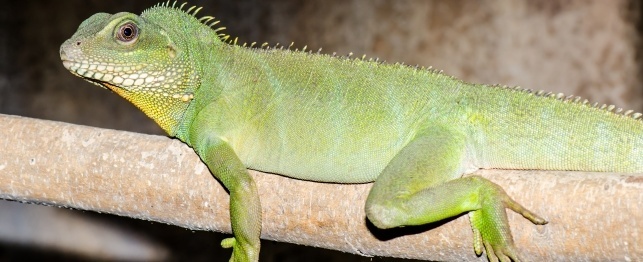 Choosing a Green Water Dragon
Choosing a Green Water Dragon
Choosing a Green Water Dragon
Choosing a Green Water Dragon
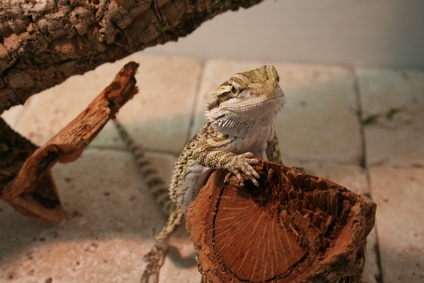 How to Care for a Baby Bearded Dragon
How to Care for a Baby Bearded Dragon
How to Care for a Baby Bearded Dragon
How to Care for a Baby Bearded Dragon
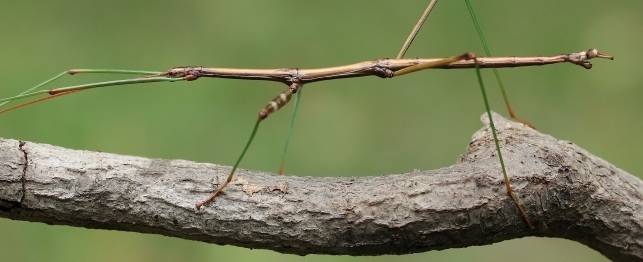 Unusual Pets - Stick Insects
Unusual Pets - Stick Insects
Unusual Pets - Stick Insects
Unusual Pets - Stick Insects
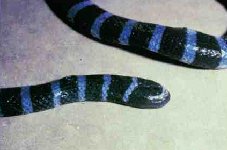 Interaction of Sea Snakes with Humans
Interaction with Humans
There have been myths concerning the
Interaction of Sea Snakes with Humans
Interaction with Humans
There have been myths concerning the
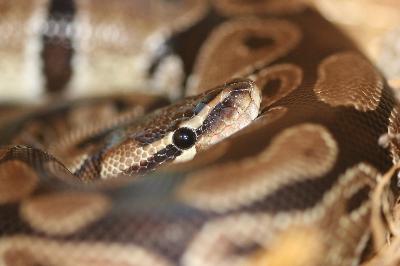 How to Care for a Darwin Carpet Python
How to Care for a Darwin Carpet Python
How to Care for a Darwin Carpet Python
How to Care for a Darwin Carpet Python
Copyright © 2005-2016 Pet Information All Rights Reserved
Contact us: www162date@outlook.com